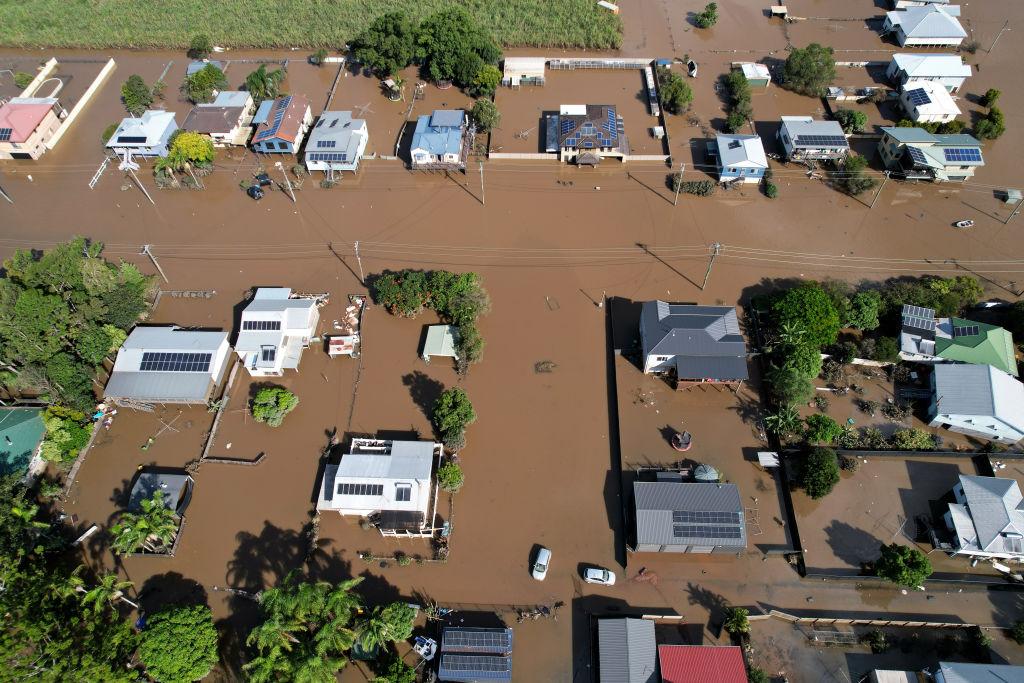Floods and other natural disasters brought significant financial damage to Australia and affected the lives of nearly 70 percent of the population in 2022.
The Treasury has estimated that last year, the Australian economy lost $5 billion (US$3.49 billion), or 0.25 percent of real GDP, due to reduced activities in the mining, agriculture, accommodation and food services, retail trade and construction sectors.





